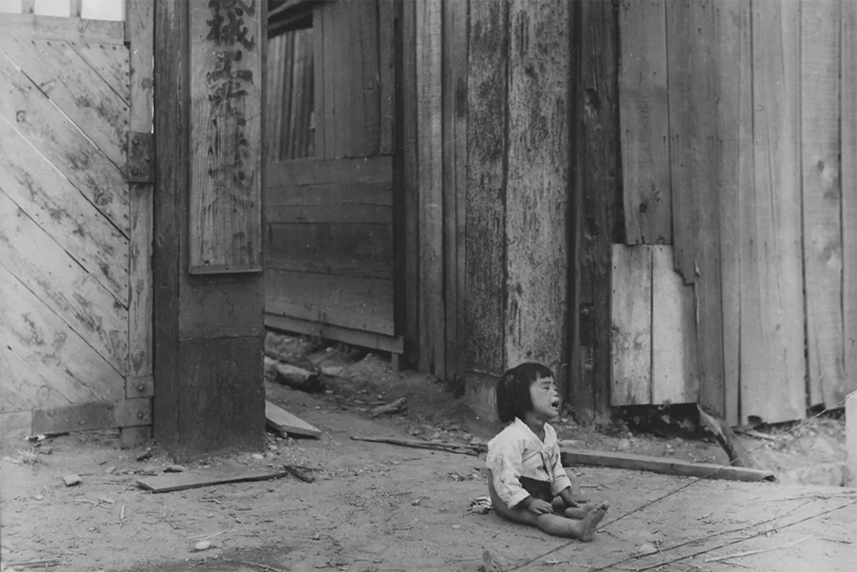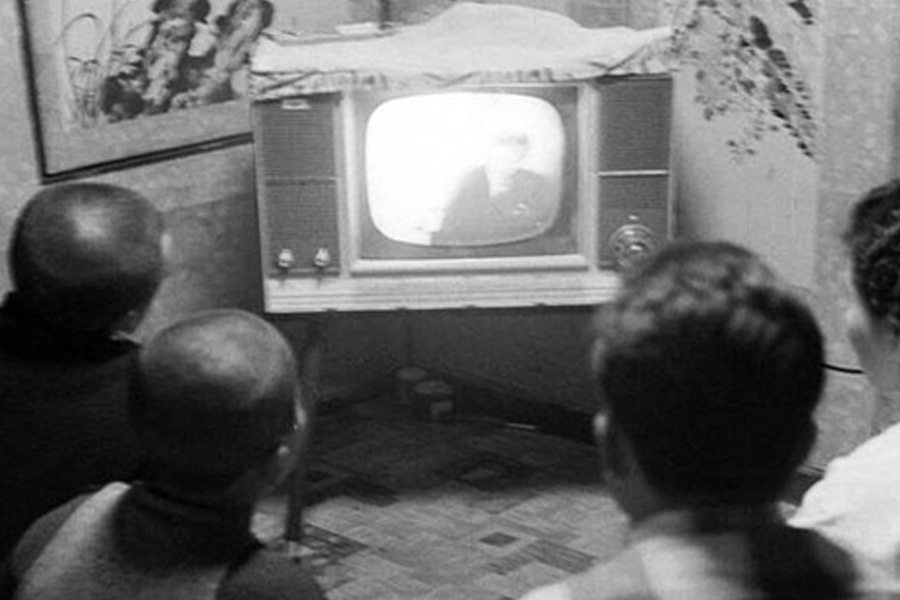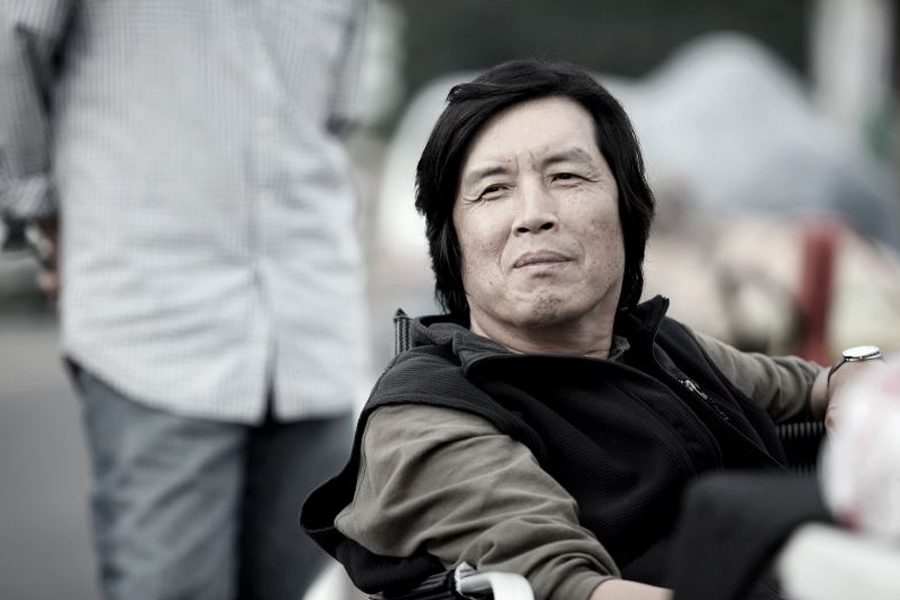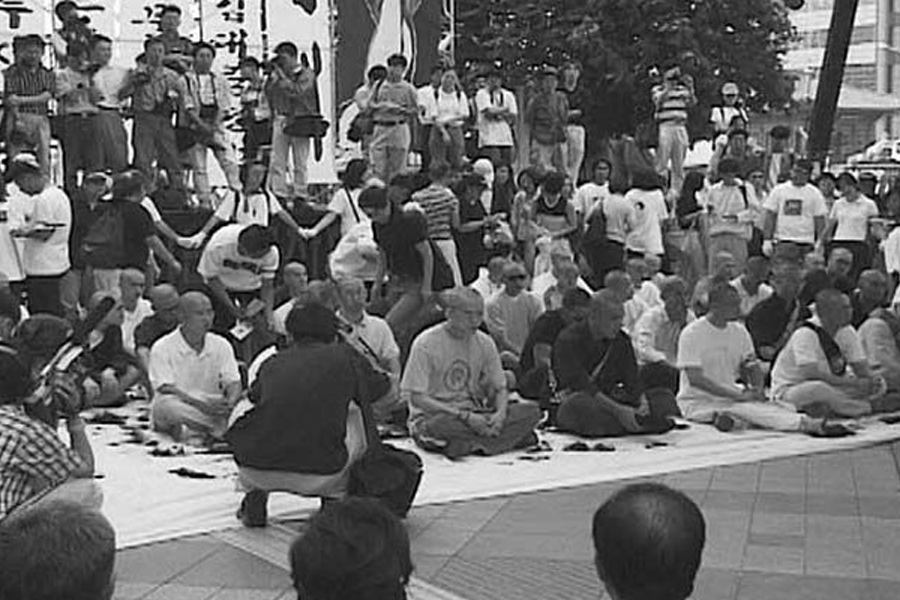Most people these days have seen, or at least heard of popular Korean films such as Parasite and Train To Busan which have had global success on a very large scale.
So where, when, and how did the Korean film industry begin?
Today we are going to review the history of the movie industry in Korea and how it has become what it is today.
The History Of Korean Cinema
The Korean War

When the Korean War began, foreign films were imported, mainly to Busan and Daegu and helped lift spirits during these extremely difficult times.
After the armistice, the Korean movie industry started to develop in Chungmuro, Seoul.
The number of theaters and companies importing foreign films increased and production funds and distribution systems were established marking the beginning of the Korean film industry.
 Source: Obaltan (오발탄)
Source: Obaltan (오발탄)
Movies from the west flowed into Korea, and Hollywood films became the source of Korean cinema's growth, influencing its appearance, character image, and subject matter.
Most modern Korean movies are dramas, comedies, or romance, but in the 1960s, family-themed conflict between generations and political satire were the mainstream.
In 1960, Korea's first democratic movements, the April 19 Revolution (4.19 혁명) and the May 16 Military Coup (5.16 군사정변), changed society significantly.
The popular movies of the time reflected this major shift in Korean society.
Government Suppression Of Korean Films
 Source: Love Me Once Again (미워도 다시한번)
Source: Love Me Once Again (미워도 다시한번)
In 1962, a law was enacted to determine the protection and direction of Korean films, but at the same time, strong control and screening were implemented. In addition, revenues from movies were also allocated. This policy continued until the 1980s. Though these policies took many freedoms from filmmakers, then films of the time were still able to cover a variety of themes.
The movie industry was relatively stable due to the economic development and modernization of Korea.
The main genres of cinema at the time included historical dramas, comedy, romance, action thrillers, literary films, swordsman films, and anti-communist.
Movies that were popular with young people such as swordsman films were easy to get permission from the government to make and release; however, according to survey results, 50% of people in their 20s watched foreign films and only 14.7% watched domestic films, while more conservative people over the age of 50 preferred Korean movies (61.6%).
The Yushin Era

In 1972, President Park Chung-hee was elected for a special third term and brought with him the Yushin Constitution.
The deterioration of movie content and quality, along with the spread of television and other forms of entertainment caused a decline in Korean film-making; however, due to the strict examination by the government, the works that were able to be released caught the hearts of audiences.
 Source: 백세시대
Source: 백세시대
At that time, the appearance of TV had a great impact on the Korean film industry. When television first appeared in 1965, only 0.61% watched or had access, but by 1979 that had increased to 79.1%.
There were still major events happening in Korean film though at the time.
In 1968, Korea produced the largest anti-communist film in history and also made films about life in Korea for regular people, such as students.
Competing With Foreign Films
 Source: 오마이뉴스
Source: 오마이뉴스
In the 1980s, Korean films began to pave the way again after the social unrest calmed down.
Issues that previously could not be talked about were explored - history, society, gender, etc.
This was the beginning of the new wave in Korea and as a result many great filmmakers came to be.

In the 80s, society began to change drastically.
Color TV came to Korea, late night movie theaters were established, curfew was lifted, there was more freedom when it came to hairstyles.
During the 1968 Asian Games and the 1988 Seoul Olympics, new generational trends shaped cinematic possibilities.
However, the 5th and 6th revisions of the film law in 1984 and 1985 were what really changed the structure of the Korean film industry.
The US demanded liberalization of the Korean film market and pressured change in the foreign exchange import quota and income quota priority structure.
As a result, American films came to Korea without going through dealers, forcing Korean films to have to compete with foreign ones.
From 1988 to 1993, branches of large movie companies such as 20th Century Studios and Warner Bros. were established in Korea.
The first release was a box office hit that crushed Korean competition.
As a result, Korean films fell back into a decline in the mid-90s again.
Korean filmmakers held a large rally and sought relief from the government for Korean films.
The Turbulent 90s
 1988 Seoul Olympics
1988 Seoul Olympics
After the liberation and democratization in Korea, American films were imported and screened directly.
As a result, the percentage of Korean films in the early 80s was about 40%, but in 1993 it dropped to 15.9%.
The number of Korean movies decreased from around 100-120 in 1990 to just 43 in 1998, while the number of foreign films reached 405.
After the 1988 Seoul Olympics, Samsung, LG, and Daewoo turned to the film industry to expand their territory.
At the same times, financial capital also entered the film and television industry.
The first movie invested in by the financial industry appeared in 1995.
Since then, more and more large companies have entered and invested in the film industry.
The Korean film industry began to strengthen marketing and promotion and introduce Hollywood film strategies through investment in commercial film production.
 Director Lee Chang-dong
Director Lee Chang-dong
In the 90s, writer-directors came on the scene with Hong Sang-soo, Park Chang-wook, Kim Ki-deok, and Lee Chang-dong debuting one after the other.
The Film Promotion Act stipulated that at least 146 days of the year, movie theaters were to show Korean films; however, the other policies in this act negatively impacted Korean movie production, so the Screen Quota Watch Group (스크린쿼터감시단) was established.
In 1999, the law was revised and the Korean Film Council was created to better support the freedoms and rights of filmmakers and promotion of their work.
 Source: 1999 National Film Quota Movement
Source: 1999 National Film Quota Movement
In 1996, the Busan Film Festival was held to promote Korean films to overseas audiences.
This gave Koreans a new, bigger platform in both art and commercial films, and introduced the beauty of Korean films to more Koreans.
Modern Korean Films

The outdated and oppressive approach to film gave way to support for more artistic freedom for filmmakers, and in 1997 the Screening Evaluation System was established.
The result has been an increase in the variety of Korean films produced, more corporate investment, and the introduction of modern cinema infrastructure.
The end of the 90s was when Korean films really started to take off.
In the late 2000s, the Korean film quota was cut down to 73 days, but due to the foundation built in the 90s, Korean films account for nearly half of the Korean film market.
 Source: Parasite
Source: Parasite
 Source: Minari
Source: Minari
If you look at current movie theaters, you can see a number of Korean movies in addition to the Hollywood blockbusters.
In the last 20 years, many box office records have been set, and the Oscar-winning Parasite proved the reach and impact of Korean films in the 21st century.
In addition, actress Yoon Yuh-jung won the Academy award for Best Supporting Actress for her role in Minari, becoming the first Korean to receive this prestigious award.
Today we learned about the history and success of Korean movies.
As you can see, it was not easy and it took many years of hard work to pave the way for the films we all know and love today.
I hope you enjoyed and learned something new.
Let us know your thoughts in comments!

